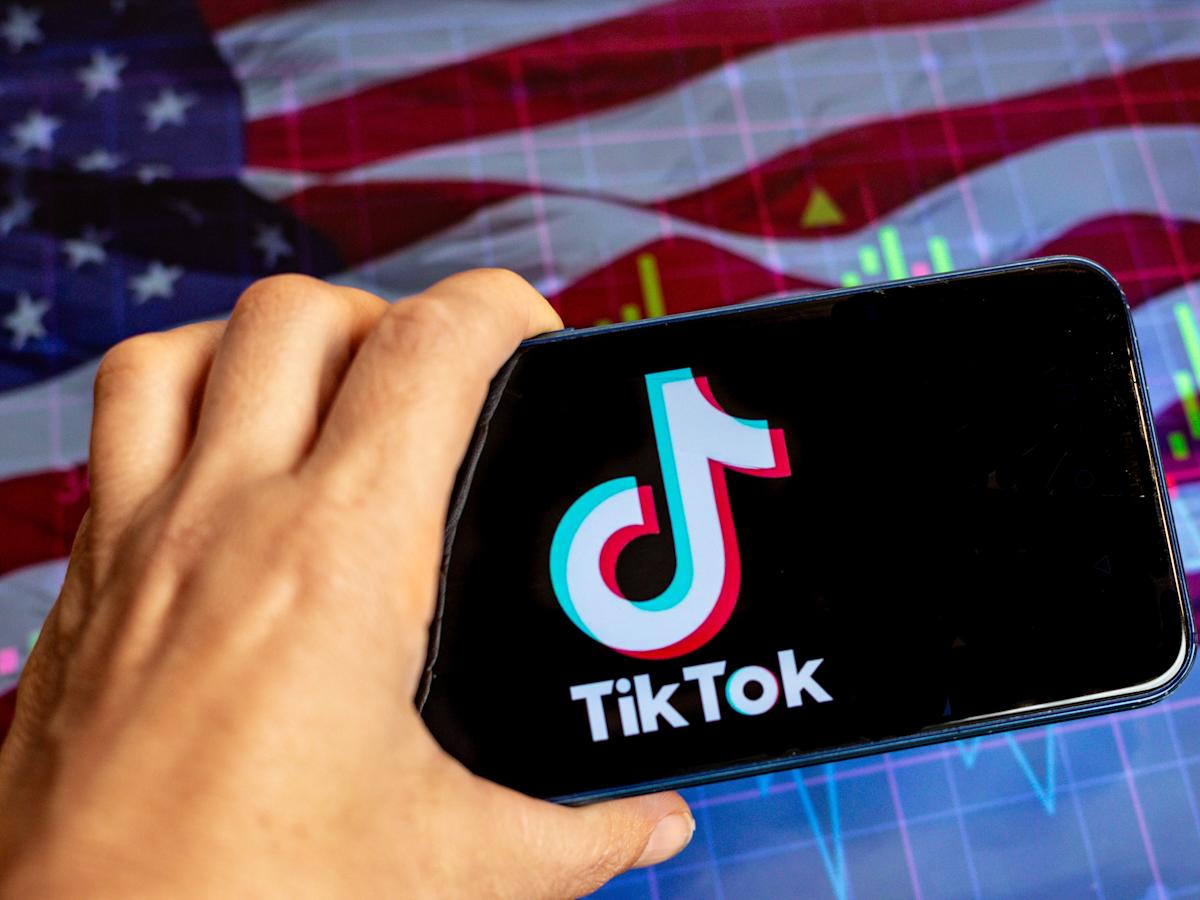-
President Donald Trump signed an executive order blessing TikTok’s US sale for around $14 billion.
-
Analysts told BI the deal shows how the US and China can carve out a middle ground on critical tech issues.
-
But they said TikTok is a one-off case, with big questions, like the algorithm’s future, still unresolved.
A $14 billion deal secured TikTok’s American future — and analysts say it marks a unique compromise in Washington and Beijing’s ongoing tech fight.
President Donald Trump issued an executive order on Thursday requiring TikTok’s current owner, ByteDance, and its affiliates to own less than 20% of the new company.
The exact make-up of the new consortium has not yet been revealed. Trump said on Thursday that Oracle and Larry Ellison would be part of the deal, which would include “four or five world-class investors.”
Analysts told Business Insider that while the deal shows it’s still possible for the two rivals to bargain, TikTok is likely a one-off — not a template for future disputes.
The US-China tech rivalry has seen Washington clamp down on Chinese firms over security concerns — from banning Huawei’s telecom gear in the US to cutting companies like SMIC off from advanced chips. Beijing, meanwhile, has been backing its own champions abroad, such as AI model DeepSeek.
TikTok became a high-profile flash point in that fight, thanks to its massive US user base and its ties to a Chinese-owned parent company — fueling fears that data could be accessed by Beijing.
Ray Wang, the research director for semiconductors and emerging technology at Futurum Group, said the agreement signals that the US and China can still carve out a “pragmatic middle ground” on critical tech issues — with the broader aim of stabilizing their fraught relationship.
It also shows Washington’s willingness to use “market-based mechanisms” to manage sensitive technology disputes, said the analyst, who specializes in US-China tech statecraft.
That shift from a ban to a deal could influence how outsiders view China’s role in global tech.
“Foreign governments and investors may begin to see Chinese technology expansion less as a binary yes/no issue and more as a negotiable process,” Wang said.
While the countries continue to compete, the deal indicates that “there may be some scope for cooperation,” said Ja Ian Chong, an associate professor of political science at the National University of Singapore.
“Whether the cooperation ultimately benefits both sides more or less equally has yet to play out,” he added.
-
President Donald Trump signed an executive order blessing TikTok’s US sale for around $14 billion.
-
Analysts told BI the deal shows how the US and China can carve out a middle ground on critical tech issues.
-
But they said TikTok is a one-off case, with big questions, like the algorithm’s future, still unresolved.
A $14 billion deal secured TikTok’s American future — and analysts say it marks a unique compromise in Washington and Beijing’s ongoing tech fight.
President Donald Trump issued an executive order on Thursday requiring TikTok’s current owner, ByteDance, and its affiliates to own less than 20% of the new company.
The exact make-up of the new consortium has not yet been revealed. Trump said on Thursday that Oracle and Larry Ellison would be part of the deal, which would include “four or five world-class investors.”
Analysts told Business Insider that while the deal shows it’s still possible for the two rivals to bargain, TikTok is likely a one-off — not a template for future disputes.
The US-China tech rivalry has seen Washington clamp down on Chinese firms over security concerns — from banning Huawei’s telecom gear in the US to cutting companies like SMIC off from advanced chips. Beijing, meanwhile, has been backing its own champions abroad, such as AI model DeepSeek.
TikTok became a high-profile flash point in that fight, thanks to its massive US user base and its ties to a Chinese-owned parent company — fueling fears that data could be accessed by Beijing.
Ray Wang, the research director for semiconductors and emerging technology at Futurum Group, said the agreement signals that the US and China can still carve out a “pragmatic middle ground” on critical tech issues — with the broader aim of stabilizing their fraught relationship.
It also shows Washington’s willingness to use “market-based mechanisms” to manage sensitive technology disputes, said the analyst, who specializes in US-China tech statecraft.
That shift from a ban to a deal could influence how outsiders view China’s role in global tech.
“Foreign governments and investors may begin to see Chinese technology expansion less as a binary yes/no issue and more as a negotiable process,” Wang said.
While the countries continue to compete, the deal indicates that “there may be some scope for cooperation,” said Ja Ian Chong, an associate professor of political science at the National University of Singapore.
“Whether the cooperation ultimately benefits both sides more or less equally has yet to play out,” he added.











Leave feedback about this